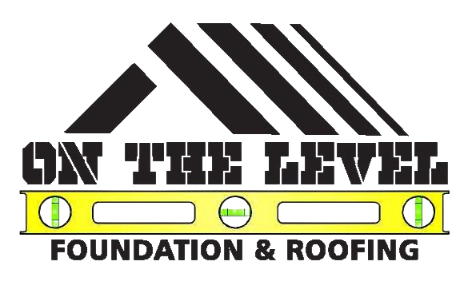SLAB FOUNDATION
What Is a Slab Foundation?
A slab foundation is a single layer of concrete, typically 4–6 inches thick, poured directly onto the ground. Reinforced with steel rebar, this foundation style supports the full weight of your home and is common in many newer homes across Corpus Christi and the surrounding areas.
Slab-on-grade construction is cost-effective, fast to build, and ideal for areas without extreme freeze cycles. However, due to the nature of South Texas soils, slab foundations are still vulnerable to shifting and damage over time.
Why Slab Foundations Are Common in Corpus Christi
The flat terrain and warmer climate in the Coastal Bend make slab foundations a popular choice for residential and commercial buildings. Benefits include:
Lower construction costs compared to pier and beam
Faster build time
Fewer crawl space or pest concerns
Ideal for level lots and non-flood zones
However, with expansive clay soils that expand when wet and shrink during dry spells, slab foundations in Corpus Christi require proper grading, drainage, and soil preparation to remain stable over time.
How We Inspect Slab Foundations
At On The Level Foundation & Roofing, our slab inspections are comprehensive and based on years of local experience. Our process includes:
Visual inspection of the home’s interior and exterior for signs of movement
Elevation measurements using laser levels to detect areas of settlement
Assessment of drainage patterns, downspouts, and grading
Structural review of foundation cracks and slab integrity
Plumbing pressure tests when necessary to detect under-slab leaks
We provide a full report with our findings, along with clear repair recommendations customized to your property and soil conditions.
Common Slab Foundation Repair Methods We Use
At On The Level Foundation & Roofing, LLC, we don’t believe in one-size-fits-all fixes. Every foundation issue is unique, which is why we offer a range of proven repair methods — each designed to solve specific problems and deliver long-lasting results. Below, you’ll find our most trusted solutions explained in detail.
Concrete Pressed Piers
Installed Beneath the Slab to Lift and Support Settled Areas
Best For: Homes with shallow to moderate settlement due to soil movement.
How It Works:
We install precast concrete cylinders beneath your slab and press them deep into stable soil layers using hydraulic equipment. Once in place, these piers lift and lock your foundation back to its proper level.
Process:
Mark pier locations and excavate small holes along the foundation.
Press concrete cylinders into stable soil.
Lift the foundation using hydraulic jacks.
Shim and secure the foundation in its corrected position.
Backfill and restore landscaping.
Benefits: Durable, cost-effective, and proven for decades in Texas soil conditions.
Steel Piers
Precision-Driven for Deeper, Long-Term Stabilization
Best For: Severe settlement or properties requiring deep soil penetration to reach bedrock.
How It Works:
Steel piers are driven deeper than concrete piers, often into bedrock, for maximum load capacity and permanent stabilization. They’re ideal for situations where deep, uncompromising support is required.
Process:
Mark installation points and dig small access holes.
Drive galvanized steel pipes deep into bedrock.
Monitor depth and load resistance.
Lift the foundation back to level.
Secure with high-strength steel shims.
Backfill and restore the property.
Benefits: Exceptional strength, long-term stability, and the best solution for extreme settlement.
Under Slab Tunneling
Access for Plumbing and Structural Repairs Without Cutting Through Floors
Best For: Plumbing leaks, beam repairs, or foundation work beneath the slab — without damaging interior flooring.
How It Works:
We dig a carefully planned tunnel under your home to reach problem areas from below. This prevents costly interior floor demolition and allows repairs without disrupting your living space.
Process:
Identify the exact repair location under the slab.
Dig a access hole outside the structure.
Dig a tunnel to the problem area.
Complete foundation repairs.
Refill the tunnel with compacted soil.
Restore the property to its original condition.
Benefits: No interior damage, minimal disruption, and safe, direct access to problem areas.
Drainage Correction
Redirecting Water Away from the Foundation to Prevent Future Damage
Best For: Properties with water pooling, poor grading, or erosion issues near the foundation.
How It Works:
We identify water flow problems and install drainage solutions to keep moisture from undermining your foundation. This may include French drains, gutter extensions, or regrading.
Process:
Assess grading, gutter systems, and water patterns.
Design a custom drainage plan.
Install drains, redirect downspouts, or adjust grading.
Test water flow for proper redirection.
Make final adjustments for efficiency.
Restore landscaping.
Benefits: Prevents erosion, protects foundation stability, and helps avoid costly future repairs.
